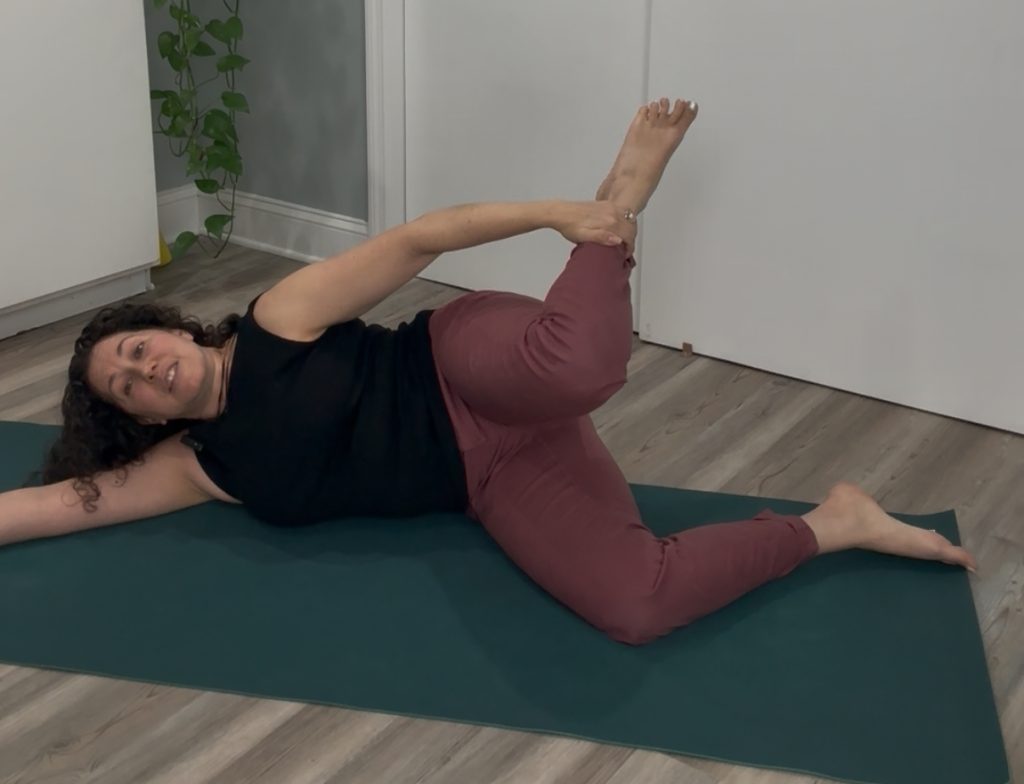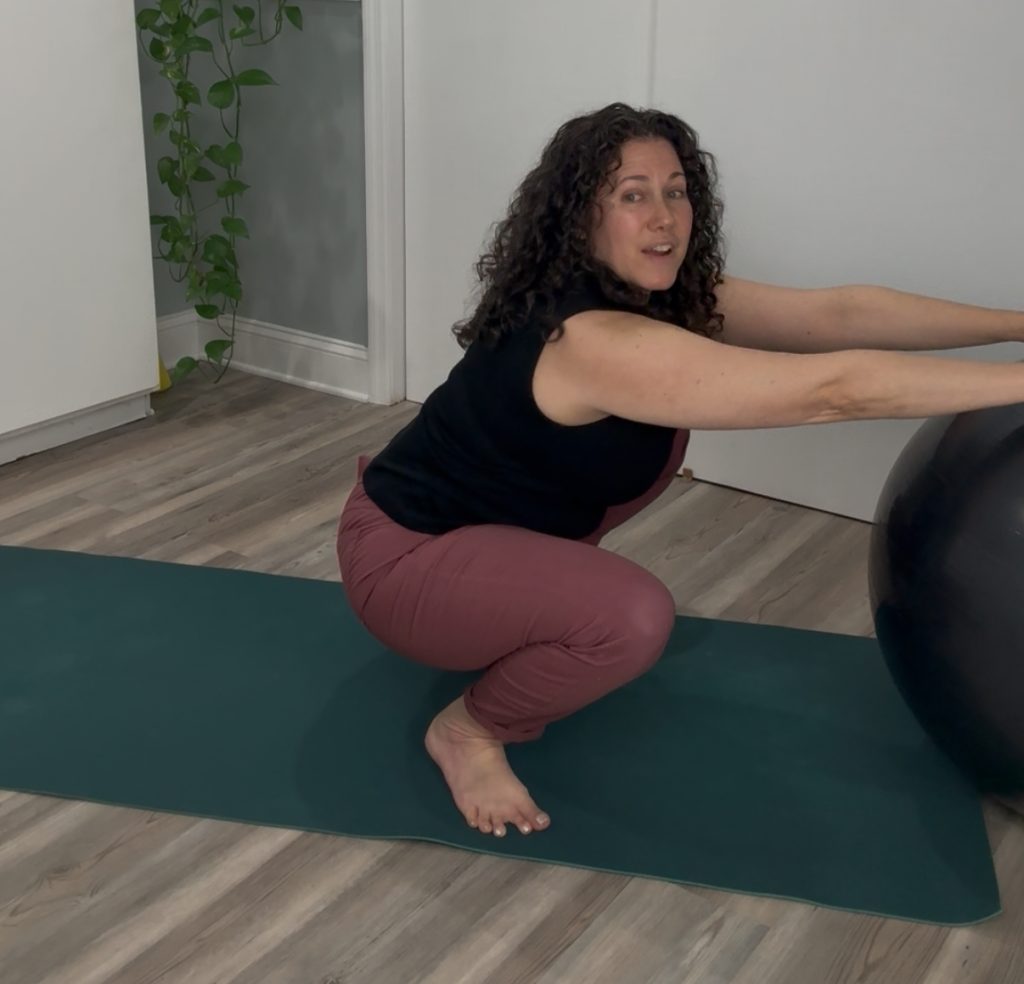Navigation
Worrying in case your child will match via your pelvis extremely comprehensible, however right here’s one thing which may convey you peace of thoughts: true cephalopelvic disproportion (CPD), the place a child bodily can’t match via the pelvis, is extraordinarily uncommon. In reality, it solely impacts about 1 in each 250 births.
So the chances are very a lot in your favor—and there are literally issues you are able to do throughout being pregnant and labor to create extra space in your pelvis and really feel extra assured in your capability to provide start.
Let’s break this down a bit and speak about how your pelvis works and what positions you may discover throughout pushing to take advantage of room in your child.
Your Pelvis Isn’t Mounted—It Strikes!
The pelvis is usually regarded as one stable construction, however that’s not fairly correct. It’s made up of a number of bones and joints that have mobility, particularly because of the hormone relaxin, which softens ligaments throughout being pregnant. This mobility can work in your favor throughout start—particularly in the course of the pushing stage.
One key motion we need to encourage throughout pushing is nutation of the sacrum. That is when the high of the sacrum ideas ahead and the tailbone shifts again. Why does this matter? As a result of nutation helps create extra space within the pelvic outlet, which is the exit route your child takes throughout start. When the tailbone strikes again, there’s extra room between the sacrum and the pubic bone—precisely the place your child must go.
Creating House Throughout Pushing: What Are Your Choices?
Let’s speak about work along with your physique—not towards it—in the course of the pushing stage. Sure positions naturally encourage nutation of the sacrum, permitting for extra space and probably a better descent for child. And sure, many of those positions can be utilized even when you have an epidural!
On Your Again—with a Little Raise

Whereas pushing in your again is quite common in hospital births, it tends to flatten the sacrum and limit motion. However there’s a easy trick that may make an enormous distinction.
Roll up two small washcloths (about ½ to 1 inch in thickness), safe the ends with rubber bands, and place one beneath every facet of your pelvis—proper the place your sitting bones are. These little lifts act as a platform, elevating the pelvis simply sufficient to free the sacrum to nutate.
Even with an epidural, this adjustment may help open the pelvic outlet. Wish to create much more area? Strive internally rotating your thighs—merely flip your knees barely inward. This will widen the sit bones and make much more room.

Aspect-Mendacity with Inner Rotation
One other nice, epidural-friendly place is mendacity in your facet. On this posture, the sacrum is free to maneuver, and you may simply add inside rotation of the highest leg by gently angling your knee downward.
This creates extra width between the sit bones and helps open the pelvic outlet. Bonus: it’s a snug, restful place for lengthy labors, and simple to help with pillows or your start companion.

Fingers-and-Knees or All Fours
When you’re capable of transfer right into a hands-and-knees place—particularly with the assistance of your help staff—this generally is a great option to maximize pelvic mobility. Many hospital beds are adjustable, so you may face the raised head of the mattress and attain your arms up to the highest.
This reaching motion isn’t only for consolation. Lifting your arms prompts the latissimus dorsi muscle tissues, which hook up with the thoracolumbar fascia and not directly to the sacrum. This light rigidity helps to encourage nutation of the sacrum.
And don’t overlook—you may nonetheless herald inside rotation right here by turning your ankles outward barely. That little motion helps to additional open the outlet.

Utilizing a Squat Bar
Many hospital beds come outfitted with a squat bar, so ask your supplier or nurse if that is obtainable. Throughout a contraction, you may seize the bar and are available right into a squat, then sit again to relaxation between contractions.
Squatting deeply brings your legs into flexion and permits the sacrum to maneuver freely. It additionally makes use of gravity to your benefit and widens the pelvic outlet—a incredible mixture for encouraging descent and rotation of your child.
Ultimate Ideas: Confidence and Communication
Seeing the number of methods you may help pelvic mobility and create extra space throughout pushing may be extremely empowering. Your physique was designed for this, and understanding work along with your anatomy may help make the expertise smoother.
One final suggestion: have a dialog along with your care supplier forward of time about your preferences for pushing positions. Typically suppliers say you may push in “any place,” however when the time comes, they default to back-lying to make it simpler to “catch” the newborn. Clear communication upfront may help be certain that your preferences are revered and supported.
You’ve obtained this—and your pelvis probably has greater than sufficient room to start your child.
To be taught extra concerning the Prenatal Yoga Middle and the lessons that we provide. Click on beneath to view our class schedule.
Useful assets
Podcast: Why Some Infants Fly Out and Some Stall with Lindsay McCoy
Yoga and Workout routines to Widen Your Pelvis for Delivery
Supply
America Being pregnant Affiliation; Cephalopelvic Disproportion (CPD)

